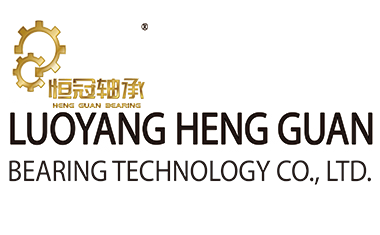Difference between spur gear slewing bearing and helical gear slewing bearing
Slewing bearing, also known as turntable bearing, is a kind of supporting rotating part widely used in various mechanical equipment. Due to transmission requirements, slewing bearings usually have teeth, and the most common ones are spur gears and helical gears. The most intuitive difference between spur gears and helical gears is the different gear shapes. In addition, there are differences in load, noise, etc. Let's take a look at it together.
1. Appearance
Spur gears are arranged in a straight line on the gear ring, while helical gears are evenly distributed on the gear ring at an inclined angle.
2. Accuracy
Helical gear drive is easier to obtain high precision than spur gear drive, and the helical gear accuracy is maintained longer.
3. Noise
Due to design, manufacturing, structure and other reasons, the noise generated by spur gears is greater than that of helical gear drives. Because spur gears are in direct contact, vibration will be generated when the gears are engaged. Helical gear engagement is gradual contact and separation, so the transmission of helical gears will be relatively stable and the vibration will be relatively small.

4. Efficiency
In terms of transmission efficiency, the transmission efficiency of spur gears is higher than that of helical gears, because helical gears will generate axial force components during transmission, which will lose part of the input torque. It is necessary to consider the impact of axial force on the drive during design. Spur gears do not have this problem, and the transmission efficiency is as high as 95% or more.
5. Meshing line
Under the same module and tooth height, the meshing line of helical gears is longer than that of spur gears when the gears are engaged. Due to the long meshing line of helical gears, each tooth can withstand greater force, and the corresponding tooth can withstand greater torque. The meshing line of spur gears is relatively short when they are engaged, the collision force of the teeth is more direct, the force range is shorter than that of helical gears, and the torque they withstand is also smaller.
When selecting the gear tooth profile of the slewing bearing, you need to consider the installation form of the slewing bearing, the layout form of the equipment, the rated output torque, load conditions, speed, noise and vibration requirements and other factors. You need to choose a suitable slewing bearing according to the specific situation. Only a suitable slewing bearing can ensure the normal and stable operation of the equipment. When selecting, please tell us the operating conditions as detailed as possible, and our engineers will provide you with a cost-effective solution.




